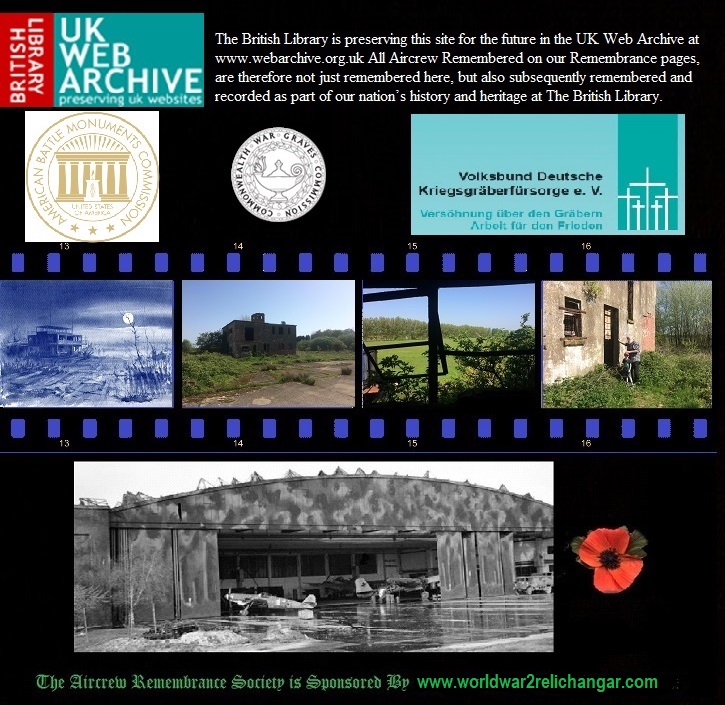Date: 23/24th July 1942
Unit: 3 Staffel./Kampfgeschwader 2
Type: Dornier Do 217E-4
Werke Nr.4252
Code: U5 + BL
Location: Gilze Rijen airfield, Netherlands.
Pilot: Feldwebel. Wilhelm Schludecker. 57358/13 - Injured.
Born 29.05.1920 in Unhurst.
Observer: Oberleutnant. Hans Reiss. 38205/3 - Injured.
Born 01.09.1916 in Klutschau.
Radio/Op: Unteroffizier. Alfons Bemelmanns.
Gunner: Feldwebel. Heinz Buhr. 69647/58 - Injured.
Born 14.08.1916 in Hamburg.
REASON FOR LOSS:
This aircraft was attacked by a Beaufighter of Fl/Lt. McMillan and W/O. Brooks of No. 409 Squadron.
Air Battle against England 1942, translated from Ulf Balke's Kampfgeschwader 2 "Der Luftkrieg in Europa" book 2:
Early in the morning of the 23rd July, after the mission to attack and destroy the aeroplane factory in Bedford had been carried out, the K.G.2 together with II/K.G.40 received the order to repeat the attack on the factory premises in Bedford with all available aircraft. And so they took off between 21.45 hrs and 22.45 hrs on Thursday, 23rd July for the attack on the British aircraft industry in Bedford. The crews flew towards land with good visibility and minimal cloud covering. A concentrated attack was not possible due to extremely strong enemy flak and night fighter defence, so the bombs were scattered widely over the South of England and the actual target of Bedford was not hit.
And for that the K.G. 2 lost two experienced squadron leaders! The crew of Hptm. Marten of 7. Staffel did not return from an enemy flight for reasons unknown and remains missing.
The crew of Fw. Schludecker of the 3. Staffel, together with StaffelkapitŠn Oblt. Reiss, after coming under heavy fire from night fighters, managed a crash landing in Gilze Rijen, during which some of the crew were badly wounded. The II/K.G. 40 who were also involved in the raid, likewise lost two crews.
All Do 217 of the I./K.G. have landed safely. Only the "Berta-Ludwig" U5+BL Werk Nr. 4252 has not yet returned from the bombing raid on Bedford and the voice of the airfield ground controller had been calling for 20 minutes already with no response. Our thoughts are with the missing four men - Oberleutnant Reiss and his pilot Willy Schludecker, Alfons Bemelmans the radio operator and the mechanic Heinz Buhr. Since the war started, this crew has survived a total of 23 crash landings with only a few black eyes and broken bones.
The metallic, repetitive call of the ground controller growled through the radio continuously, one of the many anonymous helpers of the air intelligence service, whose hands connected the visible and invisible threads of the modern air battle.
"Counting for you to tune in, 1 2 3 4 come in please, come in please!". Suddenly the longed for voice croaked over the airwaves, weak but audible: "Took a direct hit in the rear undercarriage, will have to crash land in 10 minutes!" The message was liberating, but at the same time alarming and was immediately passed onto all the rescue crews.
Engine noise! It came closer. The emergency lighting flared up. The light from the triple searchlight scanned in the darkness of the night, silently calling: Here we are, here we are. There the identification signal! Then the droning silhouette of the Do 217 swept over us.
They fired a red flare, which meant "I'm declaring an emergency".
The aircraft performed a wide circuit to approach the airfield. The bright beam of the left wing's landing light swept over the breadth of the runway. Fw. Schludecker reduced the power and the heavy Do 217 descended towards the ground just like a lift. There was no way to avoid the disaster. The engines surged once more. Willy had pulled the throttle back again!
Lt. Niemeyer, the first Wart, ran next to me. He overshot as he couldn't get the landing gear down. We followed events from the ground without being able to help.
Again and again, the Do 217 approached the lit runway, but again and again they overshot. Finally the pilot approached for a wheels up landing, without using too much engine power. Everybody held their breath. Screeching loudly, the extremely heavy Do 217 scraped over the ground more than 3 times faster than a train, shooting like an arrow through the wet grass towards the small woodland about 300 metres from the edge of the airfield. The Do 217 disappeared behind the first trees, towards which the emergency vehicles raced at full speed, expecting a fire to break out at any moment. The Do 217 rolled to a stop. Seconds later the headlights of the emergency vehicle lit up the scene of devastation.
The doctor was already tending to Oblt. Reiss, who had been thrown free of the wreckage and escaped with a broken arm. The pilot, Fw. Schludecker, had a leg wound and, despite the fact that he was lying trapped in the wreckage, still managed to give the hard-working and perspiring rescue crews instructions in a clear voice, as to which side would be best for them to use to cut him free from the smashed up cockpit. The radio operator, Alfons Bemelmans, who was unharmed, unfastened his seat straps. The mechanic, Heinz Buhr, had a wound on his cheek from a tree branch.
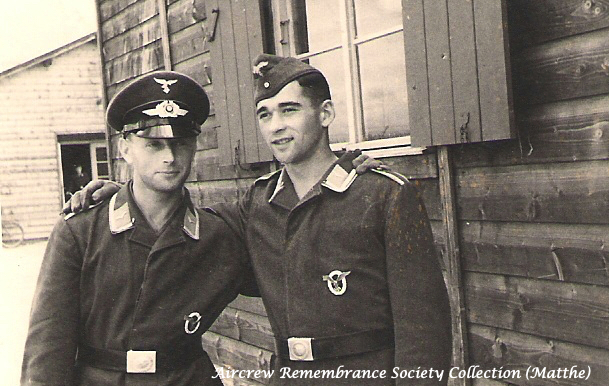
Feldwebel. Willi Schludecker pictured right with fellow pilot (Matthe).
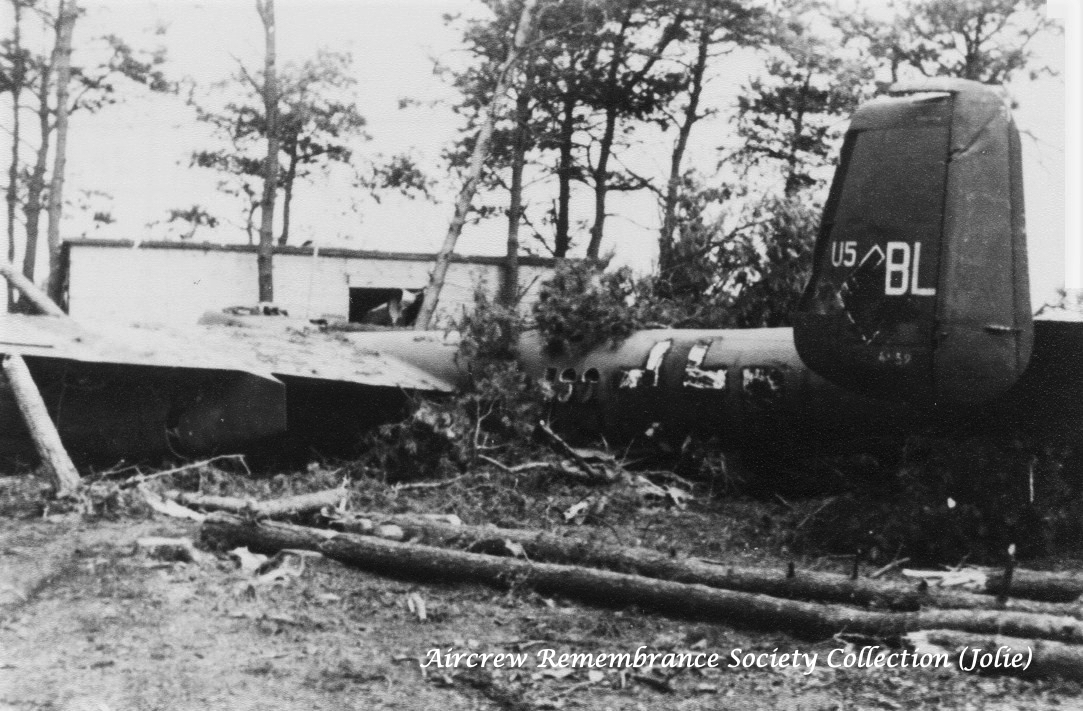
The aircraft came to rest very near to a building on the edge of the airfield (Jolie).
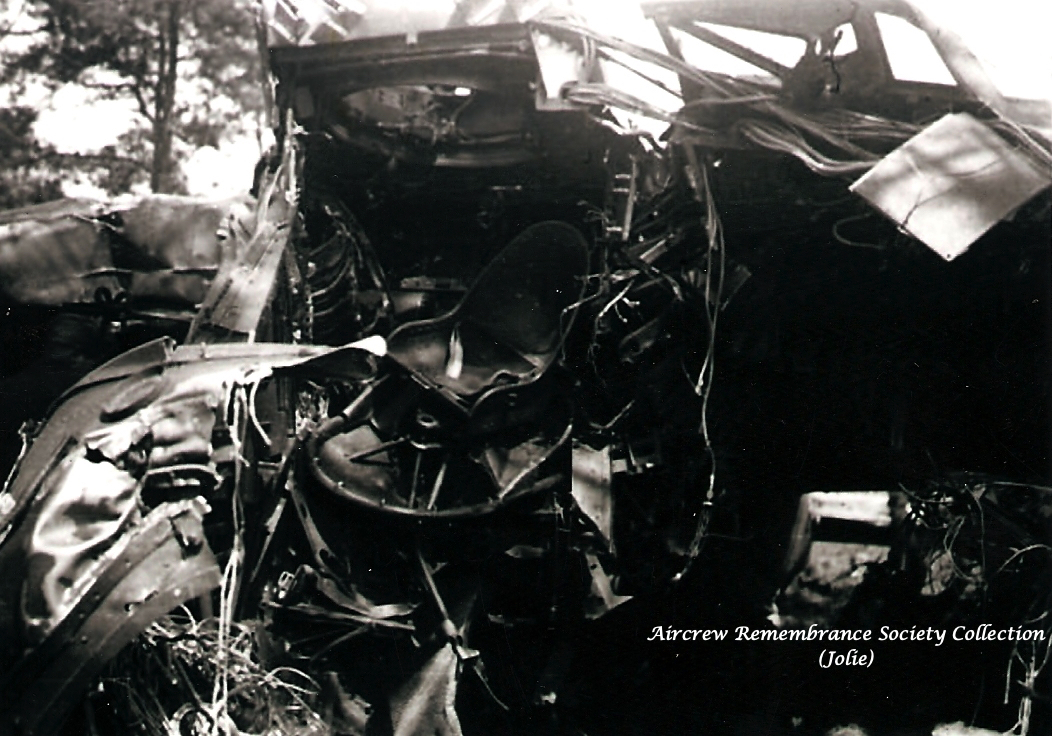
The wreck of Willi's cockpit area (Jolie)
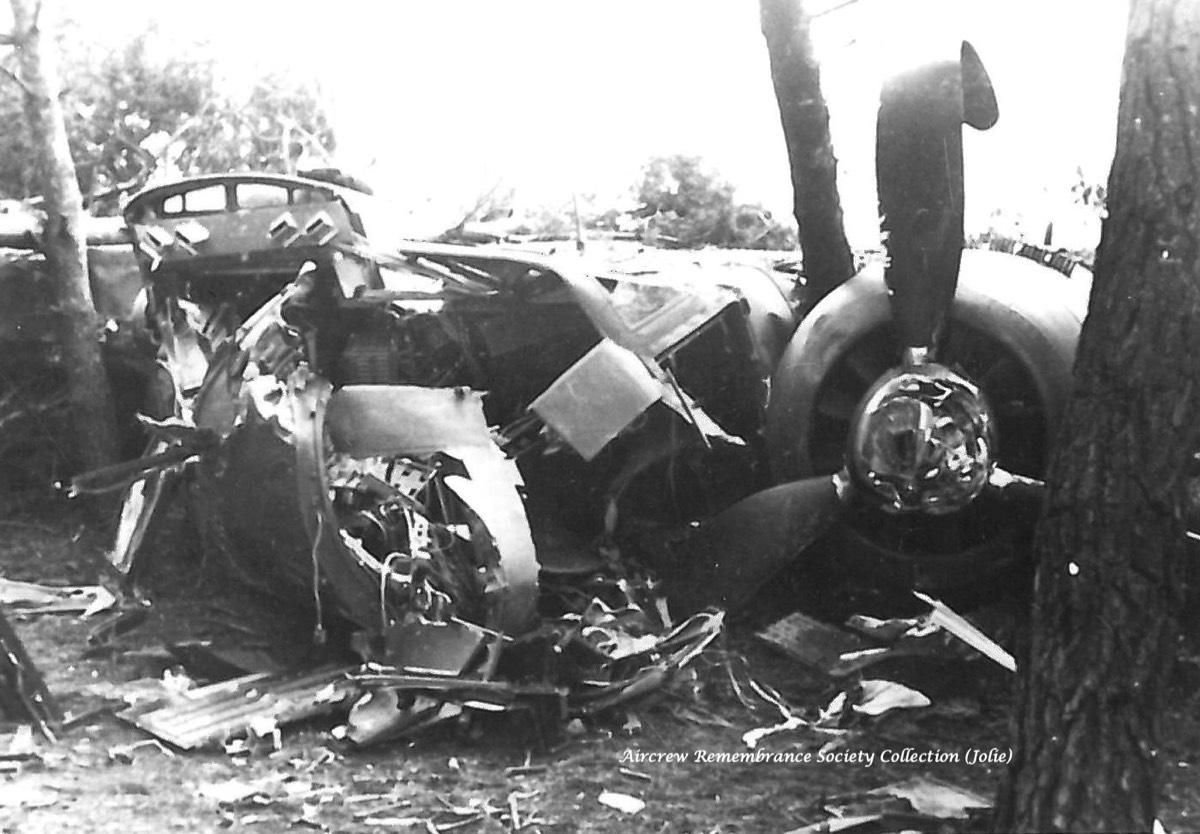
Another view of the wreck (Jolie)
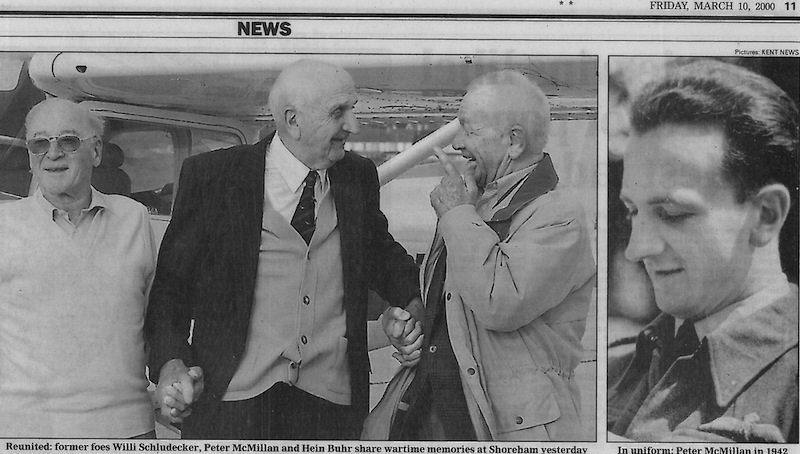
Willi Meets up with the RAF pilot who shot him down, Friday March 10th 2000.
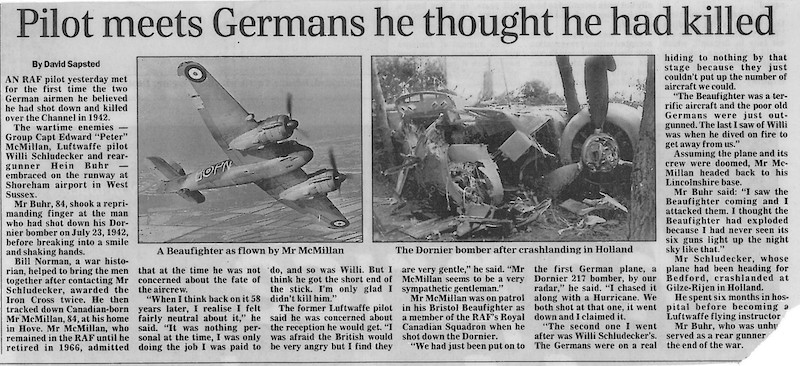
Newspaper report of their meeting together.
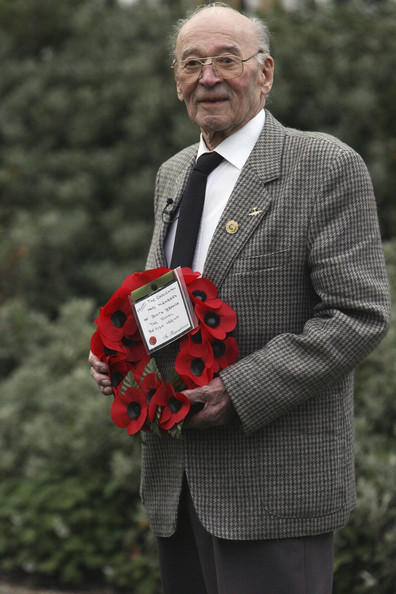
Willi Schludecker pictured during one of his many visits to England during his dedicated work of reconciliation!
Researched by Melvin Brownless A. R. Society with thanks to Wendi von Well, Mike Matthe, Jan Jolie, May 2012.
